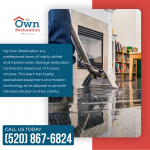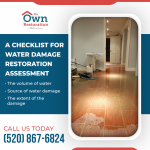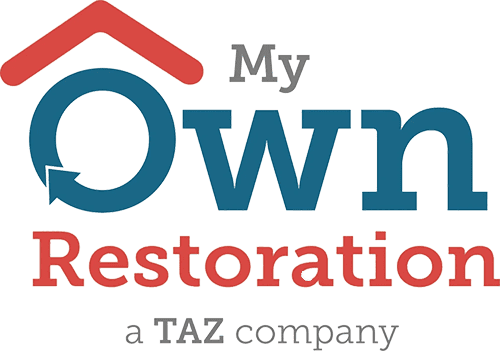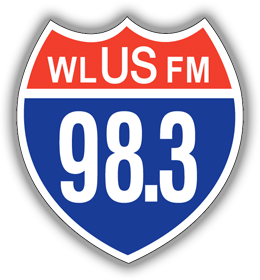When a flooding disaster strikes the home, hardly anything escapes its destructive wrath. Everything is wrecked by water damage, from personal items to furniture and structures. The extent of damage depends on the volume of water and how long the things remained submerged underwater.

A checklist for water damage restoration assessment
- The volume of water: In case of a small leakage that the homeowner can manage on their own with the right tools and methods, then a DIY works best. But, if there is excessive flooding in the area, it is time to call on the experts.
- Source of water damage: As per the IICRC, three categories of water cause water damage. These are classified based on the level of contaminants present in the water. i) Clean water, ii) Grey water, and iii) Blackwater. While clean water is free of hazardous pollutants, grey water has some amount, and blackwater is the most dangerous. So, depending on the water type, the need to call a water damage restoration professional can be determined.
- The extent of the damage: Small water patches can be handled by the homeowner, but if there is significant flooding, then the structural stability might be at threat, and the best recourse would be to go in for professional help.
5 DIY steps for water damage restoration
- Switch off electrical sockets: Once the authorities give the clear signal to step into the homes, first - switch off all electrical appliances and gadgets. Unplug them from the sockets and do not use electricity until the house has been dried off completely. Doing so prevents any short circuits or explosions from happening.
- Check the entire house for mold: Mold growth can pose severe health issues and must be removed from the home immediately. Small areas of carpets, wall panels, and such things can be cut out and removed to be thrown. But, in the case of a large patch, it is advisable to inspect the internal and external surfaces around it thoroughly and call in a mold specialist.
- Drain out excess water: Extracting water from every corner and surface of the house is essential before any restoration work can begin. Using pumps to remove water in case of high volumes is recommended. Other equipments like dehumidifiers, air scrubbers, and air fans are employed to remove excess moisture and humidity from the house to enable drying out of things.
- Salvage damaged articles: Items like furniture, soft furnishings, appliances, personal items, and other things must be physically removed from the house and taken outside. Sorting items that can be dried and cleaned to be re-used must be done. Others must be discarded if they smell bad, look too dirty, or if the water damage is from grey/blackwater.
- Sanitize and deodorize the premises: Disinfection must be done on a war footing of the entire house, no matter what type of water damage. This is mainly to prevent mold and mildew growth in the property. The other threat is water-borne diseases, which can spread through the house if not properly treated.
- Repair and reconstruct: The fundamental structural component of the house must be checked thoroughly to inspect for any instability. Look for signs of sagging wooden beams, corroding metal elements, and water-swollen bits that may collapse. It may well be the time to start afresh and replace portions of the structure to prevent further damage to the house.
Why My Own Restoration?
My Own Restoration is a professional team of highly skilled and trained water damage restoration contractors based out of Tucson, Arizona.

This team has highly specialized equipment and modern technology at its disposal to provide the best solution to its clients.
Their USP is:
- 24/7 on-call for any water damage-related emergencies
- Work with every insurance agency for quick claim redressals
- Experienced and trained team of experts
Call My Own Restoration at (520) 867-6824 or email us to get a swift response to your troubles.
































